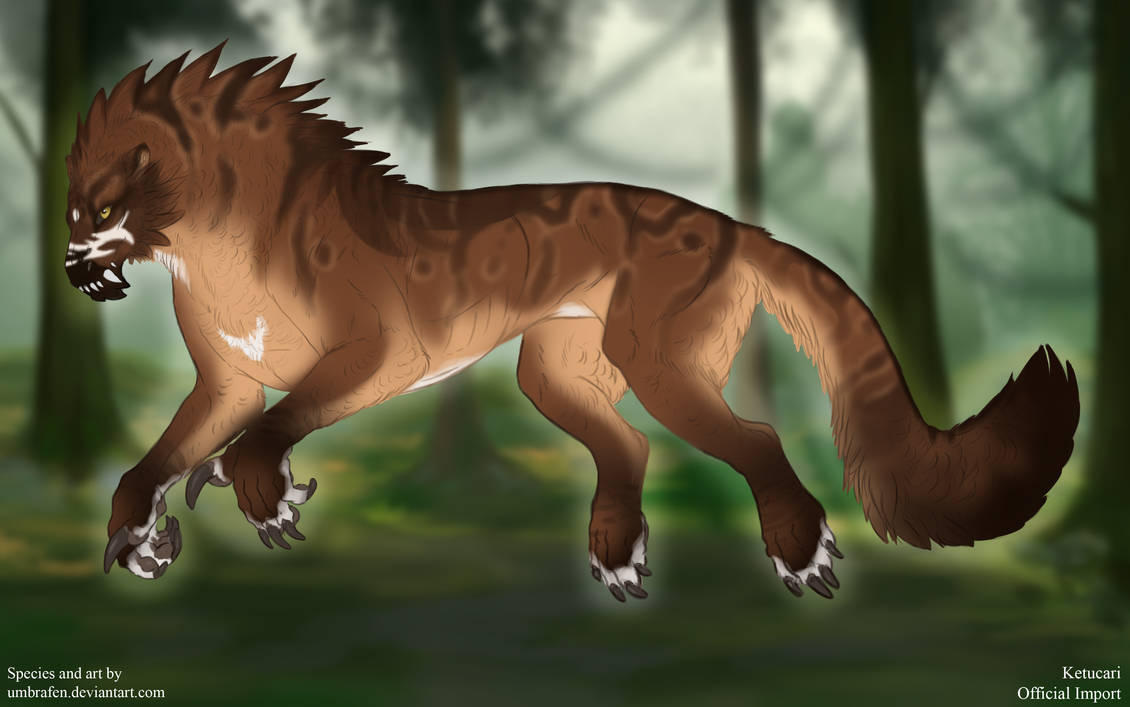Lace
Examples
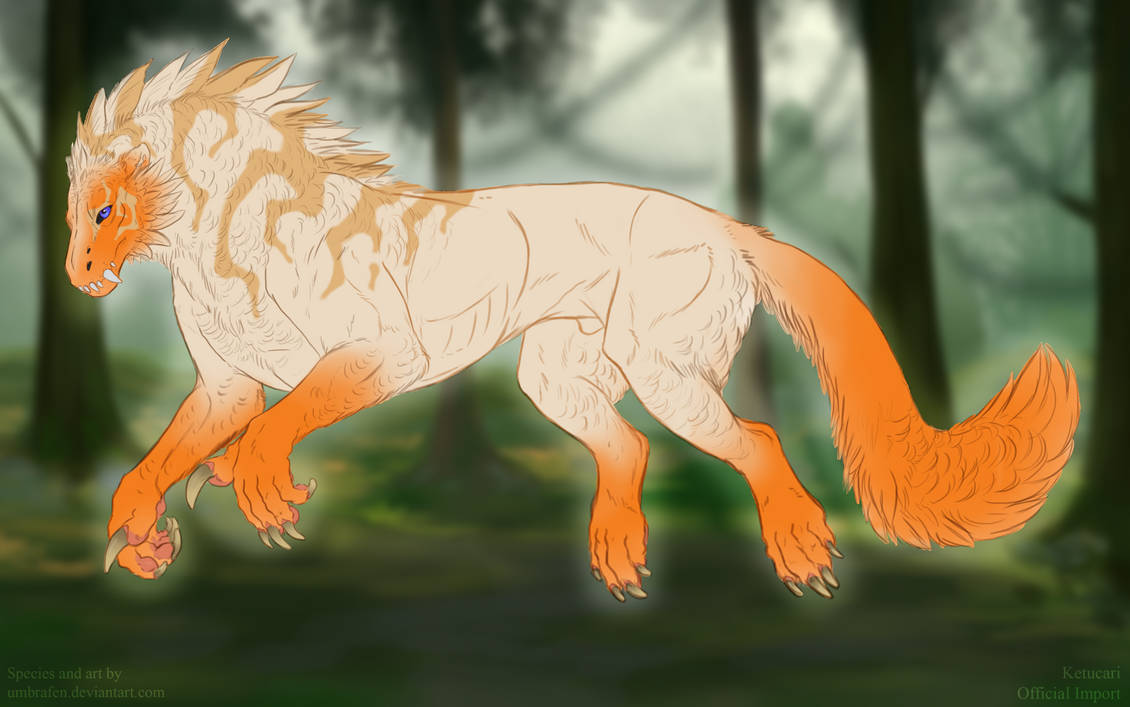
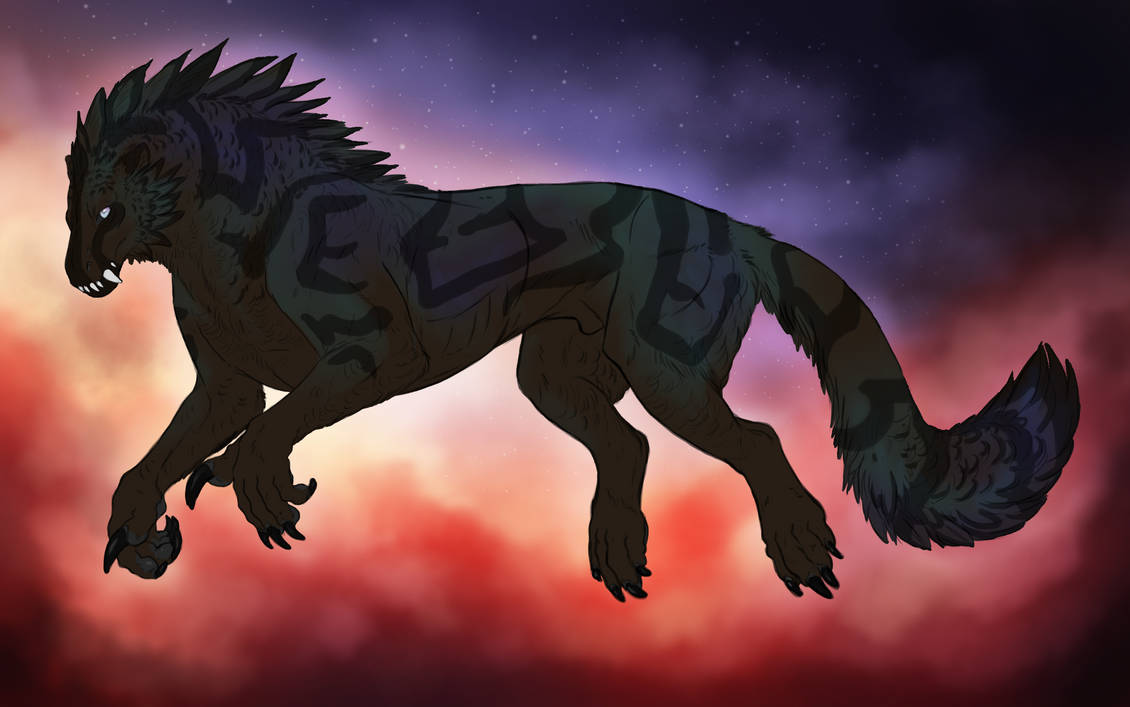
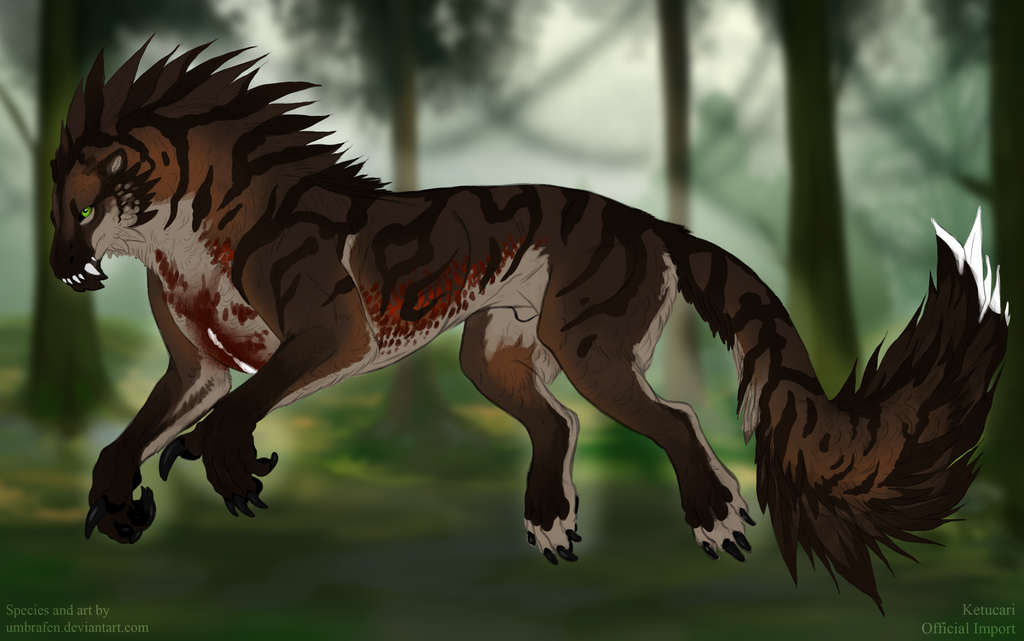

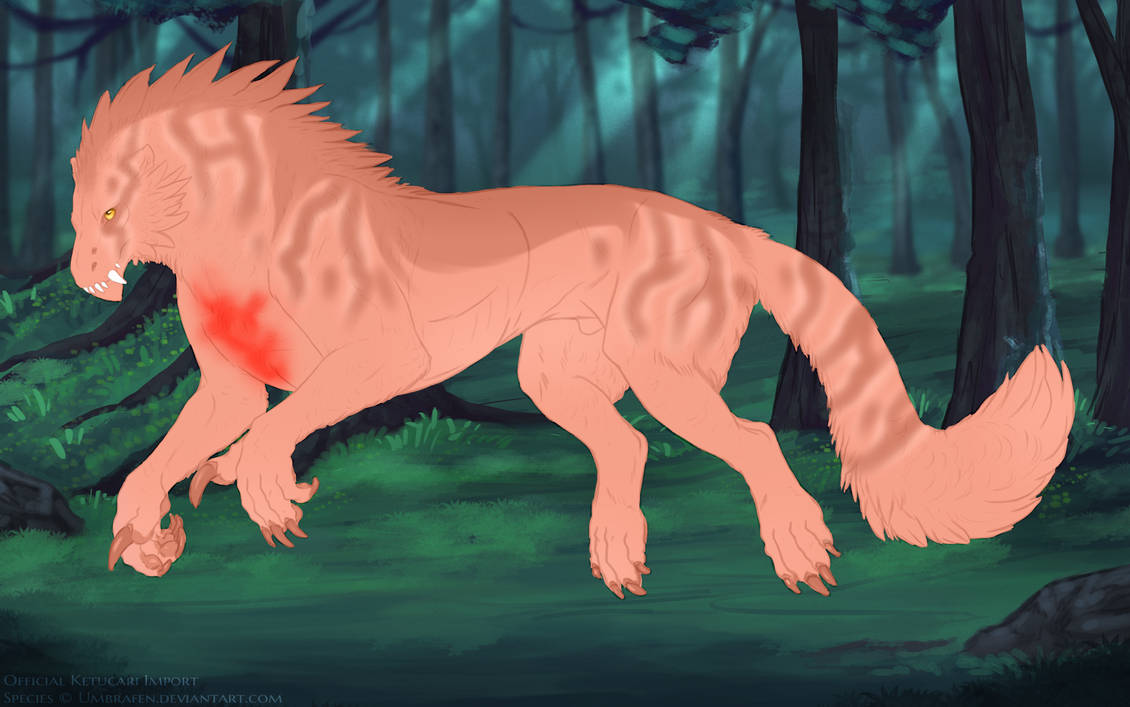
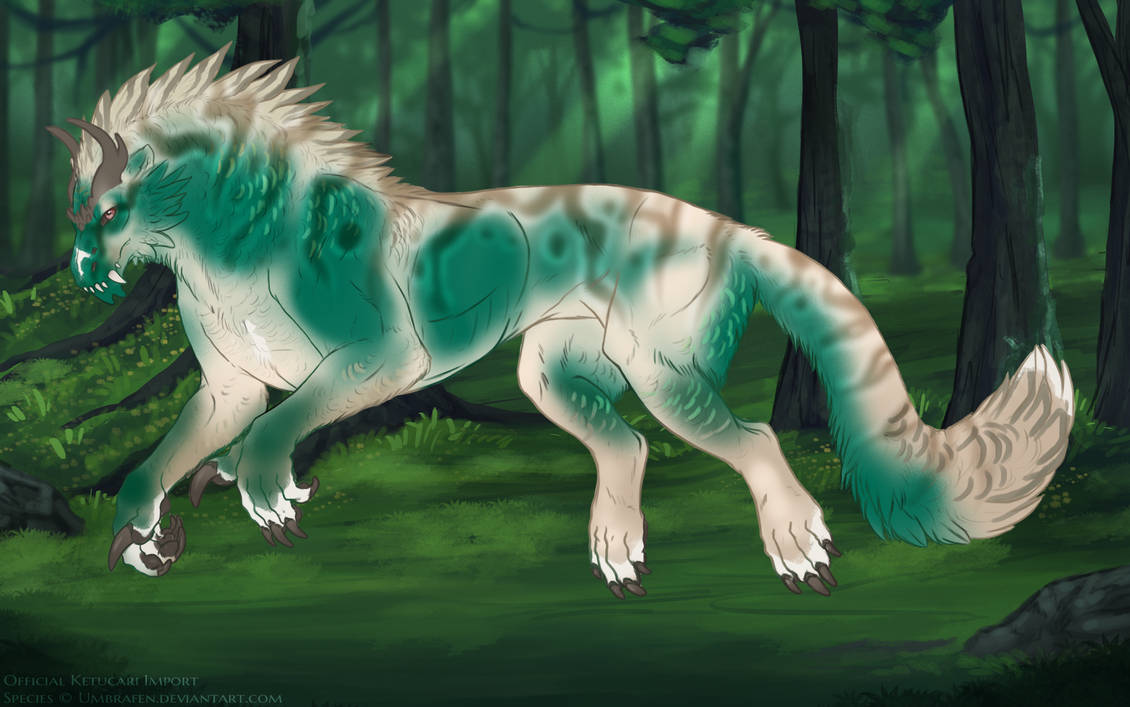
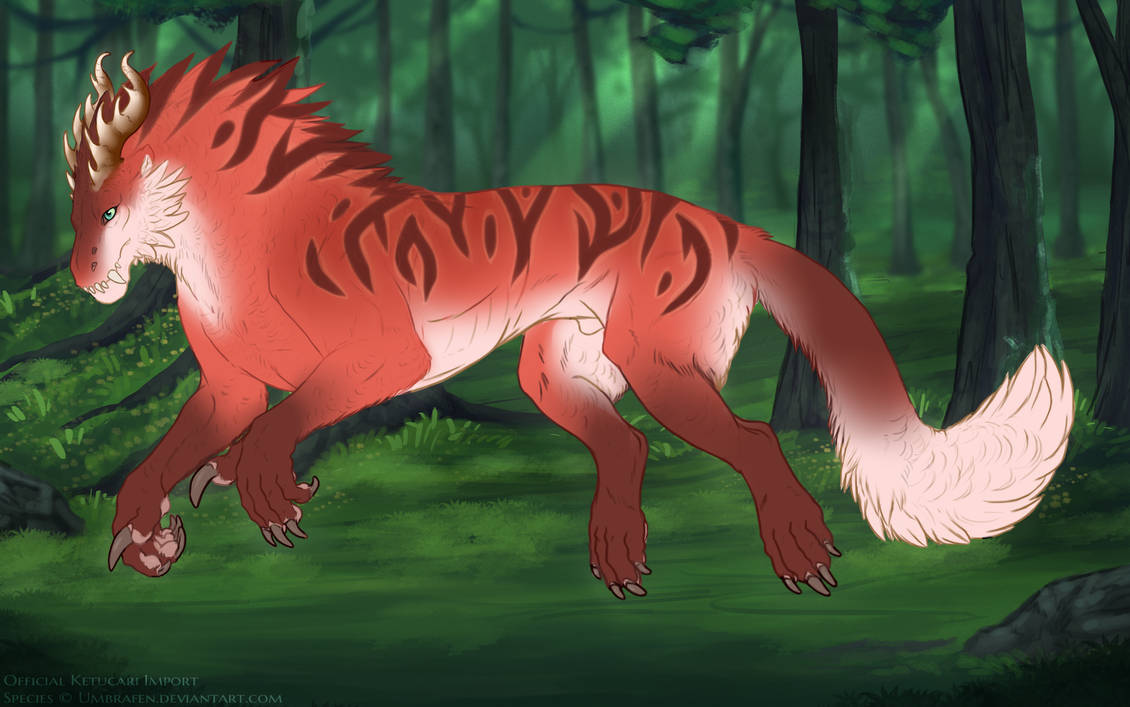
Basics
spider, and super blast ball pythons pictured HERE (use CTRL+F to find them). You can Google these
morphs to find more examples.
 In your ketucari's genotype, lace is denoted by the letters "nLc" (heterozygous). The homozygous (LcLc) version
In your ketucari's genotype, lace is denoted by the letters "nLc" (heterozygous). The homozygous (LcLc) version
of lace is called acid.
 In its heterozygous form, lace has a pass rate of 50%. Acid has a pass rate of 75%.
In its heterozygous form, lace has a pass rate of 50%. Acid has a pass rate of 75%.
morphs to find more examples.
of lace is called acid.
Color
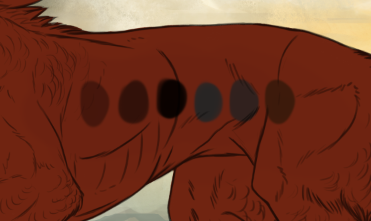
These colors would be acceptable for this base color. They are either a darker version of the base, or a darker and desaturated version of the base. The last color on the right shows a minor deviation in hue, and is slightly more yellow than the base itself. Notice that this small change is not overbearing.
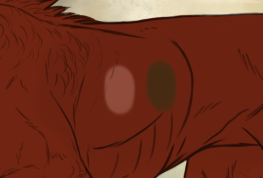
These colors would be unacceptable for lace. They are either lighter than the base coat or have too drastic a hue shift.
Range
Lace vs. Similar Markings
Acid vs. Lace
The image below shows the difference in width between acid and lacing patterning. The lacing stripes below are the maximum width for lacing.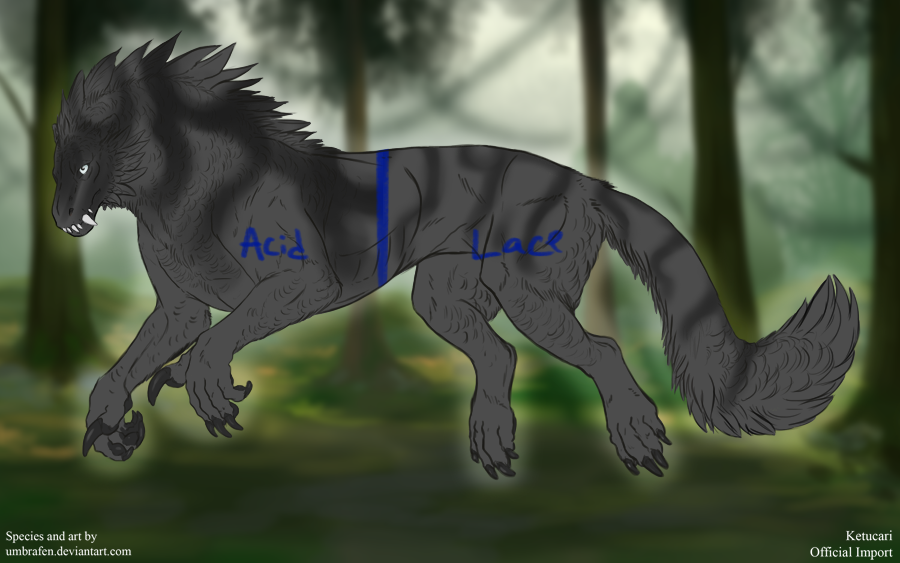
Lace vs. Striping vs.. Marble
Be careful that lacing doesn't too closely resemble striping or marbling.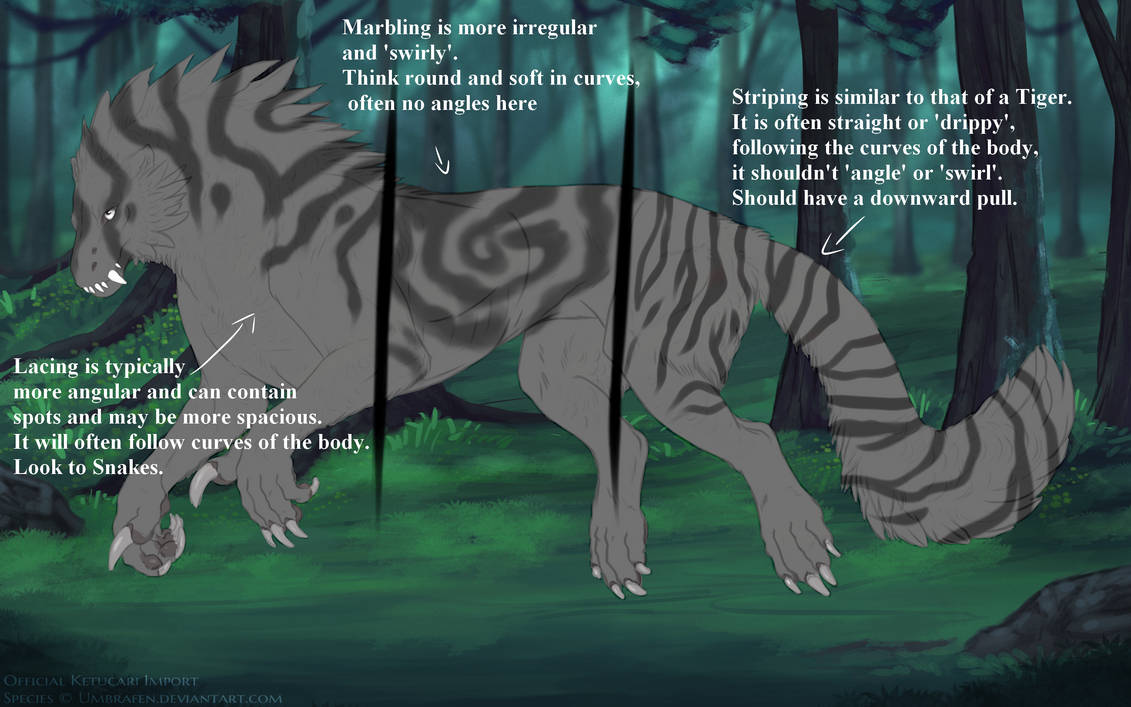
Interaction with Other Markings
ONE
Airbrush a darker shade of the base along the topline (similar to sable), then erase away the irregular "ripple" lines for your webbing. Then erase away larger, bolder lines the create a "cut-away" version of lace on top of the webbing.
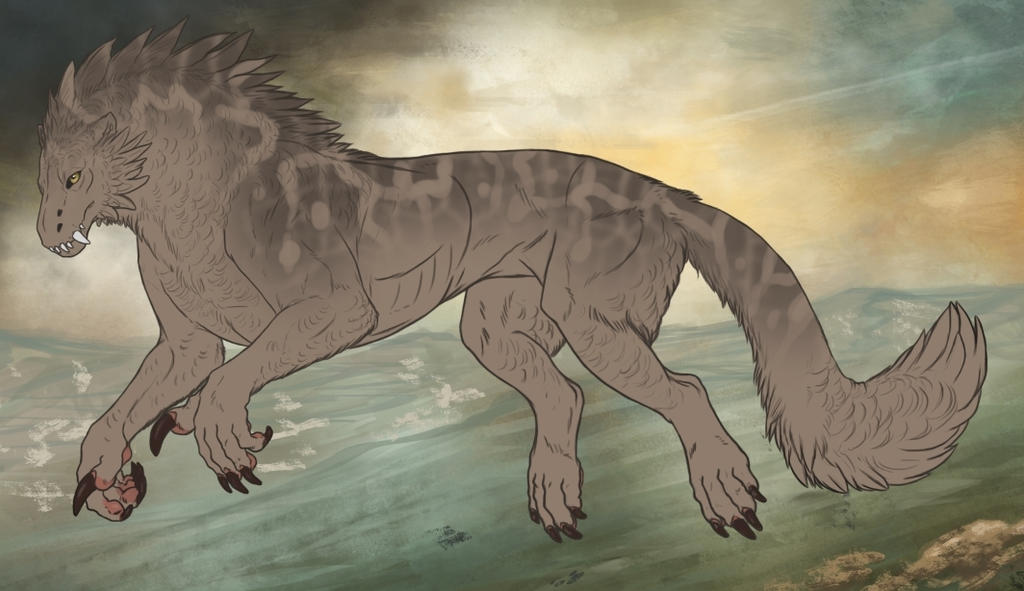
TWO
Airbrush a darker shade of the base along the topline (similar to sable), but forego the ripple lines of webbing. Erase away only the lace lines to create the cut-away lace.

THREE
Lastly, a webbing + lace combination may simply turn the lace into a lighter shade of the base coat, with no actual webbing visible. If using this option, the lacing may not be white.
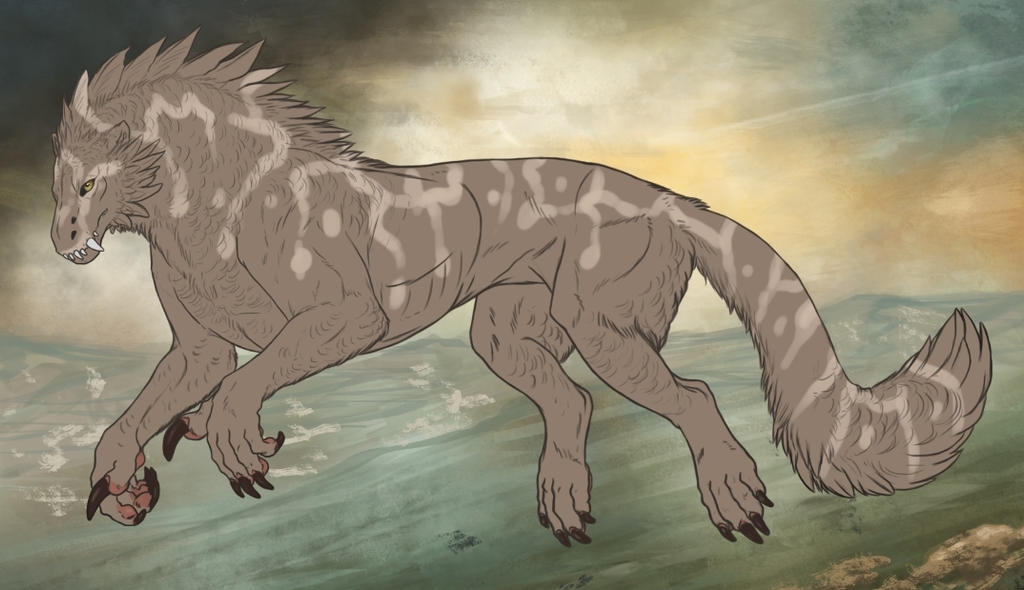
Accents
Here are some small accents you can add to your designs to make them more unique!
